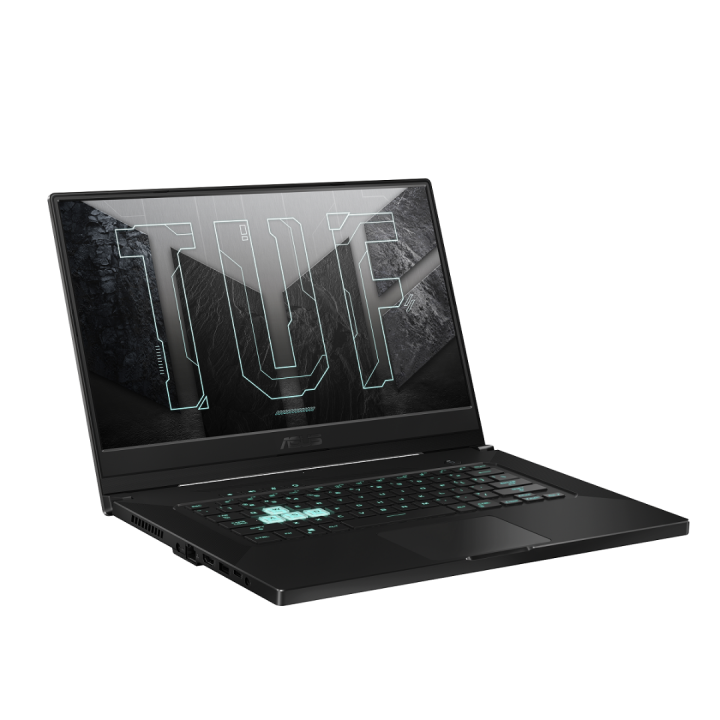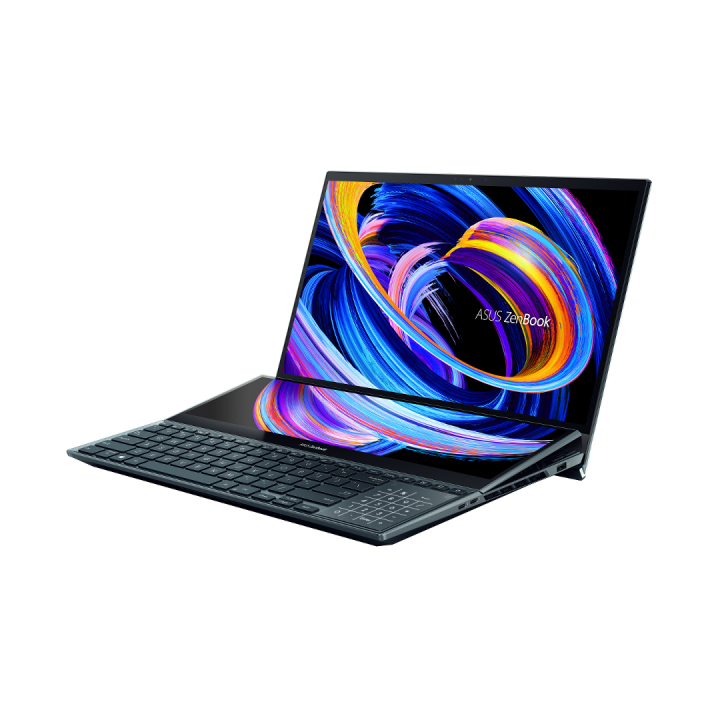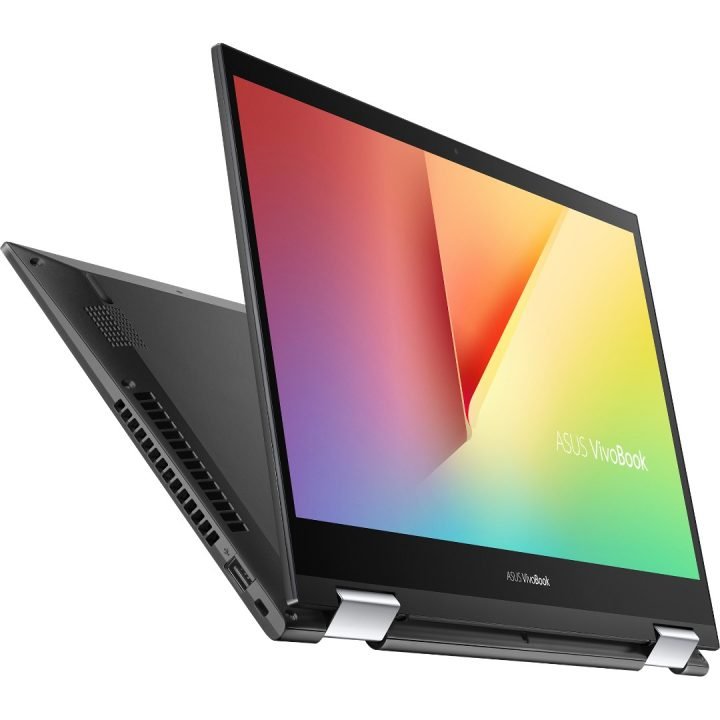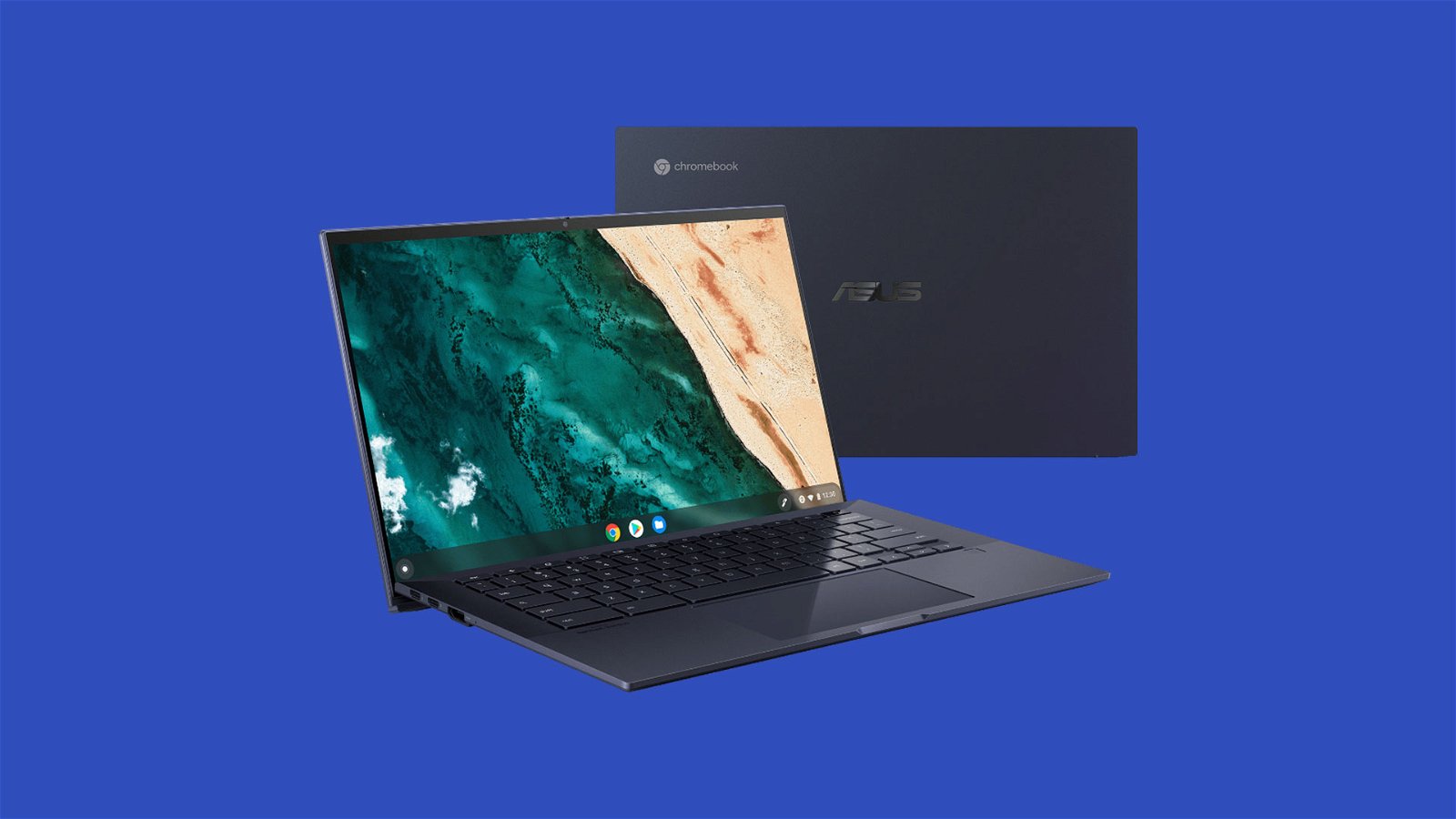back for CES 2021, giving players and producers an upgrade for each line. The iterations expand the Zenbook line with RTX 30 mobile graphics while ASUS reiterated its focus on hybrid computers for portability and dual-display productivity. Pushing the upgrades further are the latest Intel 11th Generation mobile processors powering each hybrid computer for desktop-like efficiency on-the-go.
Instead of moving dual display setups around home for work, ASUS’ Zenbook Duo and Pro Duo introduced the new ScreenPad+ as an all-in-one solution which packs a smaller chassis. Its biggest change included new thermal pipes which would keep the CPU and GPUs cooler when running the demanding dual monitors. A uniquely-shaped battery pack adds almost 30% more battery than its predecessor with almost half the size. Moving the fans closer to the heatsink also improved airflow with an 18% smaller size in the device. This also redesigned the hinges to open and expose the thermal intakes for 49% more cooling. Its top monitor features a high-fidelity screen with a smaller secondary screen on the keyboard for gadgets and utilities. Despite the new frame, ASUS’ 2021 model would also be much thinner with less PCB space.

This accommodates an improved ScreenPad+ which packs a new control center. Users can completely hide the UI while instantly accessing it for multitasking or sizing up applications. Gestures including a three finger tap can change desktops and move towards a group of apps. ScreenPad+ also offers its own launcher for apps, giving users full control over what they want to start. The secondary screen can also add additional sliders, knobs and other toggles. For creators, they can use a virtual deck across the Adobe Suite. Tools including Photoshop and Premiere will be integrated with ASUS’ system, letting touchscreen users have more fine tuning. In Premiere, the second screen was used for video timelines while the main monitor could be reserved for previews and less cramping. Materials, textures and other 3D asset options could be displayed below for creators to choose from and apply instantly.

ScreenPad+ can also be treated as a fully-fledged monitor, with ASUS showing off PowerPoint and other full applications running in real-time (albeit with smaller text). The ASUS Zenbook Pro Duo 15 is one of the monitors to keep the panel, with an upgraded Dual 4K screens with OLED HDR on its main screen. It also uses an 11th Gen i9 processor to handle the immense productivity. The top screen gives viewers a hefty 15.6″ touchscreen with support for passive stylus. Its physical keyboard also retains its mousepad touch panel, next to its USB-C, Type A, dual Thunderbolt and SD card ports.
It’s worth noting Intel’s latest 11th Gen CPUs are being included, with its hardware being optimized for the EVO platform. This lets ASUS’ designs from dual screens, bonus panels and other haptic features to work directly with Windows 10. Its on-board graphics also come with the Iris Xe architecture, letting users process visual tasks and run bigger multimedia tasks through apps like Adobe Suite, Solidworks and other content creation for work. Its devices also come with Intel WiFi 6 for dual-band speeds and maximum connections with at-home fiber internet solutions. Devices including the ASUS ZenBook Flip 13 come with the Intel Core i7 which packs a longer battery to give users 14 hours on a single charge or shift. Nvidia’s own GeForce MX450 is also included in devices like the ZenBook 14 Ultralight for those looking for an added use with multimedia files/tools. It also sports a 92 percent screen-to-body ratio for previewing presentations or video clips with a low-end capacity for gaming. ASUS’ VivoBook Flip 14 builds off its predecessor with a convertible touch screen for hyperportability, with productivity being funneled towards an 11th-gen Core i7 processor with up to 16GB of memory.
Following Nvidia’s own CES 2021 reveal of its RTX 30-series mobile graphics cards, a select number of ASUS products will be including it. The ZenBook Pro Duo 15 will be serving as a next-gen flagship device with an 11th Gen Intel Core i9 and GeForce RTX 3070. As with RTX cards, the Duo 15 will let users play games at 1080p at high settings. Creators can also use RTX and Nvidia’s hardware acceleration for video editing and special effects across 3D designs. Its premiere Ray Tracing feature can also be used with DLSS to smoothen performance while it can be used with G-Sync for real-time latency. The screen also sports a 93 percent screen-to-body ratio to keep a portable and ultralight form factor.

The Zenbook Duo 14 Sports teh Core i7 11th Gen processor to usher in 2021’s laptops. This is combined with 40% improved CPU performance, at the cost of a smaller 14″ form factor. The MX450 will serve as the GPU with Iris architecture to help display crispy visuals on both touch screens. The 14″ unit also shares the same RGB color spaces as its other 2021 Zenbook counterparts. Luckily, the 2021 Zenbooks will keep the same ergonomic palm rests under the physical keyboard.
ASUS’ first line of ZenBook, ROG and TUF line of notebooks will hit digital shelves starting Q1 2021.




